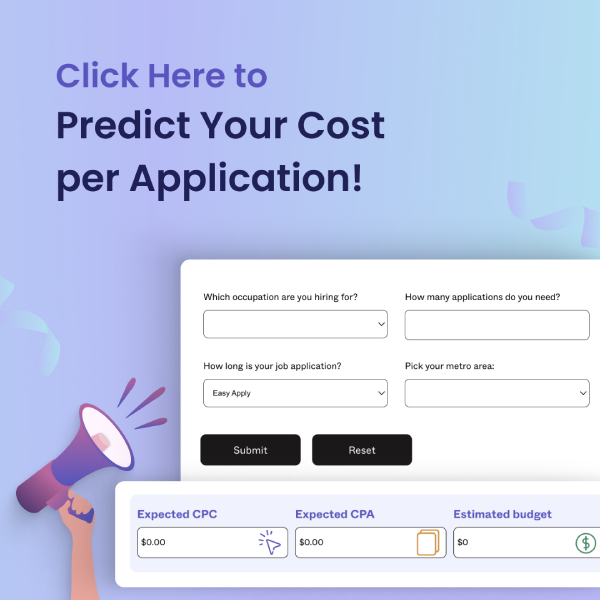For software developers (aka digital dreamweavers), imagination meets innovation and lines of code bring ideas to life. These brilliant minds are the architects of our digital landscape, crafting solutions that revolutionize how we live, work, and play. Whether they’re collaborating in teams or diving deep into coding challenges, they’re the driving force behind the digital revolution.
It’s no wonder that employment for these folks is projected to grow at 26% over a ten-year period!
Why the surge? Well, thanks to the rise of artificial intelligence, the Internet of Things, robotics, and automation, the demand for software developers, quality assurance analysts, and testers is reaching new heights.
So, ready to develop your approach to get more great-fit candidates for your funnel, at the most optimal cost?
It’s time to let Joveo’s data do the talking!



















